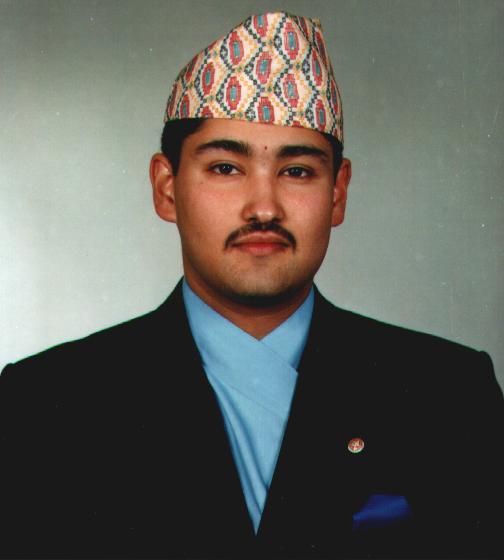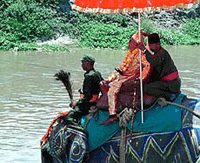24th June 1374
This day in history...A sudden outbreak of St. John's dance causes people in the streets of Aachen, Germany, to experience hallucinations and begin to jump and twitch uncontrollably until they collapse from exhaustion
As strange as it sounds, dancing mania was a social phenomenon that lasted for almost 400 years. It primarily occurred in mainland Europe and affected thousands of people. Whilst it was never truly understood and remedies were based on guesswork, it was thought to be a mass psychogenic illness, harming and killing people across the continent. So what was the dancing mania? What were the causes and effects?
Dancing Mania Defined
 |
| Image retrieved from Google. Will remove at owner's request. Dancing Mania pilgrimage |
The condition was originally believed to be a curse sent by a saint; St John the Baptist or St Vitus. Hence why it was referred to as St. John's Dance. Dancing mania victims often ended their processions at places dedicated to the saint. They would pray to the saint in an effort to end the dancing. The condition was known as epidemic chorea and a form of epilepsy; a disease of the nervous system. Scientists have described it as a 'collective mental disorder' and 'mass madness.'
 |
| Image retrieved from Google. Will remove at owner's request. Dancing mania on a pilgrimage to a church at Sint-Jans-Molenbeek (1564) |
The outbreaks of the disease have varied. It generally occurred in times of hardship and up to tens of thousands of people would appear to dance for hours, days, weeks and even months. Victims seemed to be in a state of unconsciousness and unable to control themselves. Modern literature portrays most victims as women. Historians and scientists have also found that most people would travel from place to place dancing, with others joining them along the way. Some records note that victims 'paraded around naked' and made 'obscene gestures.' Some were even believed to have sexual intercourse and act like animals; jumping and hopping around.
 |
| Image retrieved from Google. Will remove at owner's request. The dancing mania of the 14th and 17th Centuries |
Victims of the dancing mania hardly stopped. Some danced until they broke ribs and soon died. Some would have heart attacks and others would simply die from exhaustion. Most of the cases saw people suffering from chest pains, convulsions and hallucinations. Whilst dancing, many victims screamed, laughed or cried. They also reacted strangely to the colour red. Apparently the dancers could not perceive the colour and would often become violent after seeing it. Victims would also treat observers with violence if they would not join in the dancing.
Outbreaks
 |
| Image retrieved from Google. Will remove at owner's request. Music and dance was associated with fools, the insane and the dumb |
One of the biggest outbreaks is today's event: 24th June 1374 in Aachen, Germany. The disease then spread to many other places in Germany, Italy, France and Luxembourg. Another notable outbreak took place in 1418 in Strasbourg, where people fasted for days, causing the exhausted group to dance in hallucination. A group of women in Zurich, in 1428, also caught the dancing frenzy and danced to their death.
 |
| Image retrieved from Google. Will remove at owner's request. Dancing mania death |
The biggest outbreak occurred in 1518 in Strasbourg where a woman, Frau Troffea, began dancing in the street. Within just 4 days she was joined by 33 others and within a month the number grew to 400 people. Many suffered heart attacks and died. Some had reportedly been dancing for the past 20-30 years! Curiously, however, dancing mania appears to have died out by the mid-17th century.
 |
| Image retrieved from Google. Will remove at owner's request. Dancing Mania in Strasbourg 1518 |
Reactions
Treatments for the dancing mania were simply guesswork, but they did have some effects. As the 1374 outbreak occurred recently after the Black Death, it was treated in a similar way; the dancers were isolated and some were even exorcised. As people believed the condition to be a curse, they responded in praying and making pilgrimages to sacred places. Sometimes music was played while participants danced - supposedly an effective remedy. However this encouraged others to join and made things worse.
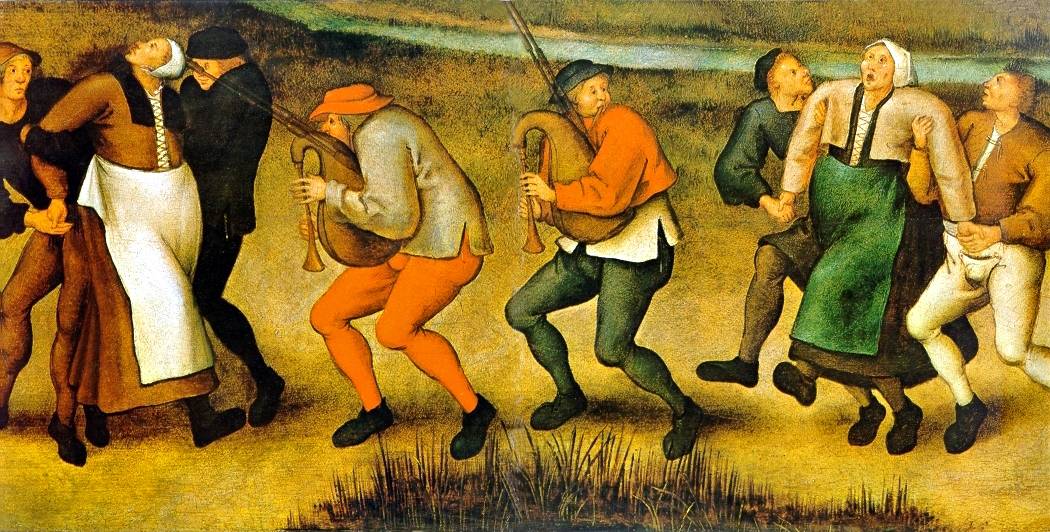 |
| Image retrieved from Google. Will remove at owner's request. Music played during a dancing mania in an attempt to stop it |
Explanations
There have been many theories about the dancing mania and how it came about.
- One theory is that the victims suffered from ergot poisoning. During floods and damp periods, ergots grew and effected rye and other crops. Ergotism can cause hallucinations but doesn't account for the strange behaviour brought about by the dancing mania
- Another theory suggests that the symptoms are similar to epilepsy and typhus. Sources discuss how the mania may have simply been caused by the result of stress and tension during the times of hardship
- Some sources believe the contagious dancing mania was due to hardship and that the angry spirits at the time would inflict the dancing mania to punish their victims
- The final theory is that the outbreaks were staged. Religious cults may have been choreographing well-organised dances. Despite being banned at time, these rituals could have been mistaken by an uncontrollable dancing mania
 |
| Image retrieved from Google. Will remove at owner's request. Victim of the Dancing mania facing death |
Despite the theories, it is clear that the victims of the dancing mania were psychologically disturbed. It is believed some took part out of fear and others just joined in to be like everybody else. It is said that the condition was the earliest record of mass hysteria. It is strange to think that this spontaneous disease suddenly occurred and suddenly stopped. Could it happen again?
Leave your comments below
Don't forget to follow @Ydaysnews for more historical events every day!
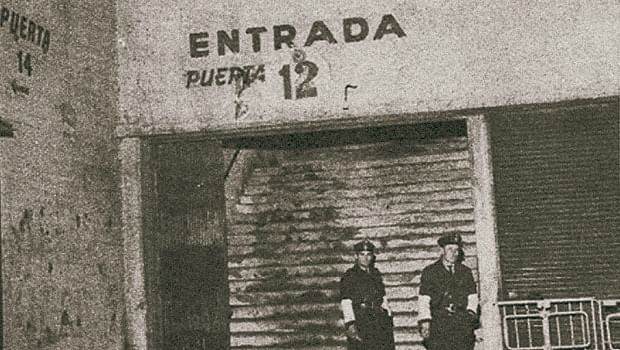














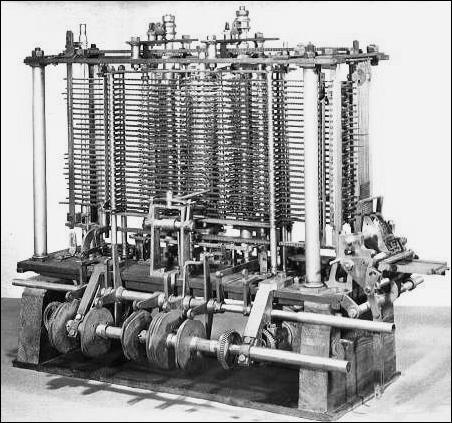


.jpg)







